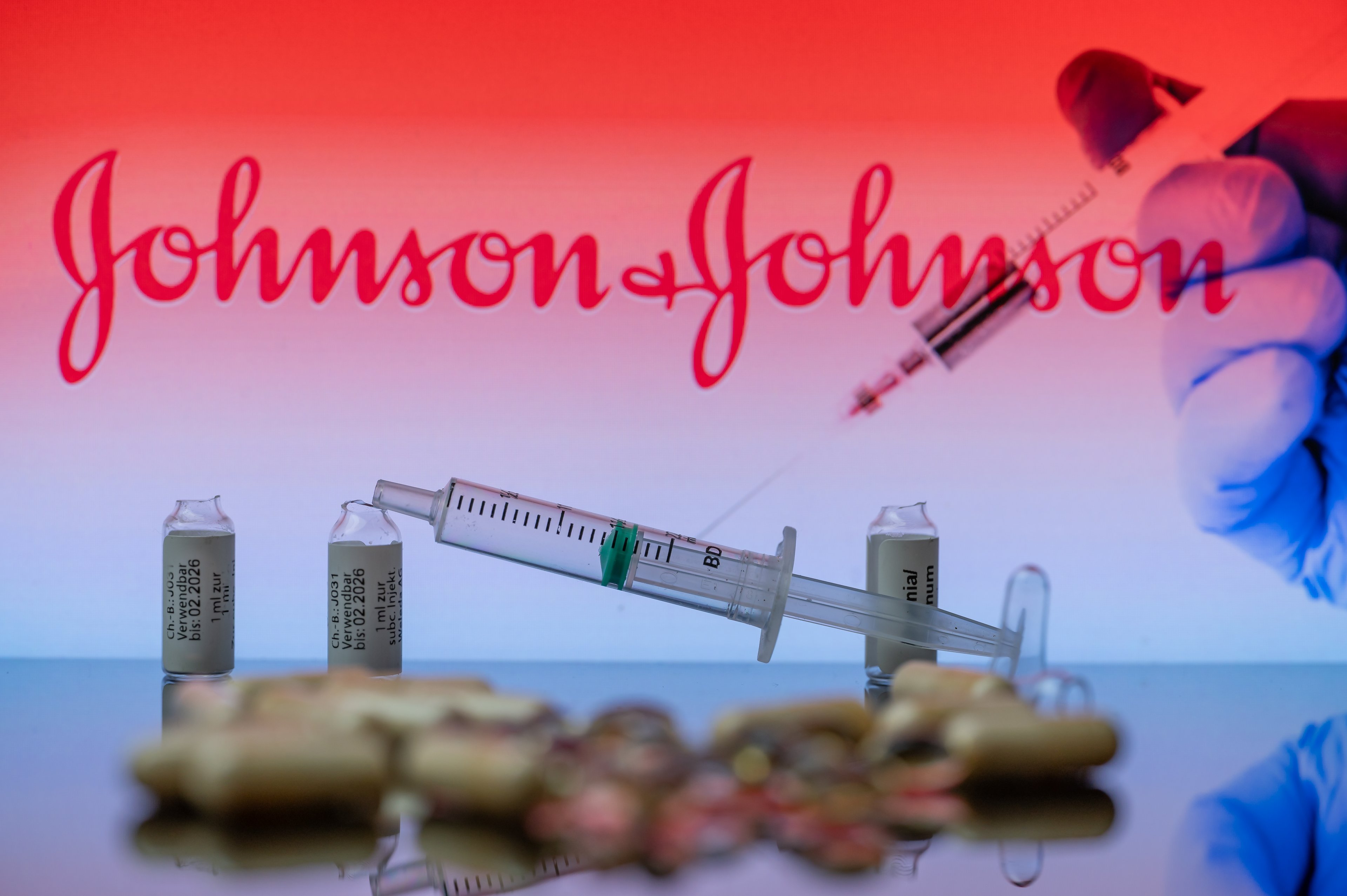Johnson & Johnson (JNJ +2.61%) has been a leader in the pharmaceutical industry for over 130 years. With a vast product portfolio and a 2.8% dividend yield, the stock remains popular with income investors despite a history of modest year-over-year gains. The company experienced 6.7% sales growth in 2018, and just 0.6% sales growth in 2019. When the infamous bear market plunge occurred in March, shares of Johnson & Johnson stock plummeted by nearly 24%. The stock's price has stayed near its Jan. 2 closing price of $145.97 since the beginning of May.
Leading economists now concur that the United States officially entered recession territory in February. According to the National Bureau of Economic Research, "The peak marks the end of the expansion that began in June 2009 and the beginning of a recession. The expansion lasted 128 months, the longest in the history of U.S. business cycles dating back to 1854." The last such period of economic decline was during the Great Recession, which commenced in December 2007 and ended in June 2009.
Investing during a recession is not without inherent risk. That said, buying stock of a company with a robust balance sheet priced much lower than usual could produce substantial gains 10, 20, or 30 years in the future. If you're thinking about buying up Johnson & Johnson stock now, you might be wondering what your portfolio would look like if you'd scooped up shares during the previous recession over a decade ago.
Let's take a closer look.

Image Source: Getty Images.
The present-day value of $1,000 invested in J&J stock during the last recession
The price of Johnson & Johnson's stock has risen substantially since the Great Recession. In December 2007, the stock was priced around $65 per share. Share prices fluctuated during the economic downturn, and the stock cost roughly $55 when the recession officially ended in June 2009.
Let's suppose you decided to purchase Johnson & Johnson stock in 2008, at the height of the downturn, when shares hovered around $60. If you made an initial investment of $1,000, you would have been able to purchase approximately 16 shares. That initial investment would be worth close to $2,300 today. On the other hand, if you had made a more substantial investment of $10,000 in 2008, you could have purchased about 166 shares, which would make your current investment worth more than $23,000.
Johnson & Johnson's growth story -- drivers and detractors
Serious litigation headwinds have made Johnson & Johnson stock somewhat volatile in recent years. Thousands of customers filed lawsuits against the company alleging that its talcum powder products contained asbestos and caused them to develop cancer. In June, the company lost an appeal to overturn a previous verdict that would have seen them paying out nearly $5 billion in damages to plaintiffs. However, Johnson & Johnson was able to secure a lowered verdict of $2.1 billion in damages. Considering that the company had over $82 billion in sales in 2019 alone, this verdict is likely to have minimal impact on the company's top and bottom line, despite its ill effects on investors' nerves.
Products such as Johnson & Johnson's psoriasis medication Stelara and multiple myeloma drug Darzalex have been key revenue drivers for the company's pharmaceutical division, which experienced 5.8% sales growth in 2019. Conversely, sales of the company's former blockbuster Remicade, an immunosuppressant drug, were down more than 10% year over year.
In the first quarter of 2020, Johnson & Johnson reported $20.7 billion in sales, representing a 3.3% spike from Q1 2019. Sales in its consumer health and pharmaceutical divisions grew by 11% and 10.2%, respectively. The company also confirmed a 6.3% boost to its dividend. Johnson & Johnson declined to release forward-looking generally accepted accounting principles (GAAP) guidance due to operational uncertainties. Its earnings release for the second quarter is expected on July 16.
Johnson & Johnson is working on a potential coronavirus vaccine called Ad26.COV2-S through its Belgium-based subsidiary Janssen Pharmaceutical Companies. On March 20, the company was awarded a $456 million contract from the Department of Health and Human Services as part of the White House's Operation Warp Speed program to aid in the accelerated development and manufacturing of its prospective vaccine. A phase 1/2a clinical trial of the vaccine candidate is slated to begin later this month. The study will test the immunological and vaccination reaction of a placebo-controlled, double-blind group of participants to Ad26.COV2-S. The study will occur in the U.S. and Belgium and involve 1,045 participants between the ages of 18 and 55 and 65 and up.
On July 6, it was announced that Johnson & Johnson and Emergent Biosolutions (EBS 4.44%) entered into a five year-manufacturing agreement for Ad26.COV2-S. If the vaccine passes the clinical stage, manufacturing is expected to start in 2021. Johnson & Johnson hopes to release over one billion doses of Ad26.COV2-S throughout 2021, and has stated that emergency doses could be on the market by early next year.
The bottom line
While Johnson & Johnson is certainly not a get-rich-quick pharmaceutical stock, its resilience in the last recession and slow but stable gains are points of strength. Even a relatively modest investment of $1,000 in Johnson & Johnson stock now could add a nice boost to your portfolio in the years to come. If the company's vaccine candidate makes its way to market, this could make share prices soar and considerably augment its balance sheet.







